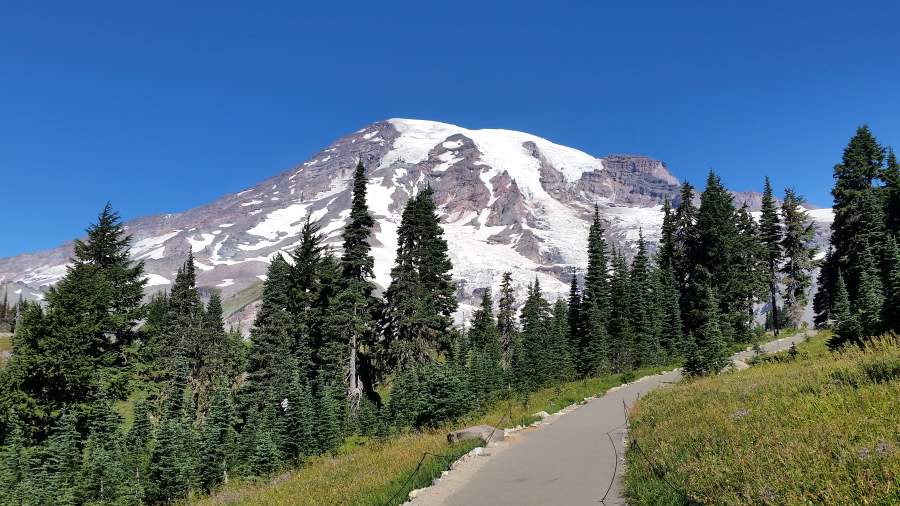The compounding effect is observable in various natural phenomena. One notable example is found in ecological systems, where the concept of "biomass accumulation" showcases compounding growth.

Consider a forest ecosystem:
- Plant Growth: Trees and plants grow, converting sunlight, water, and carbon dioxide into organic matter through photosynthesis.
- Biomass Accumulation: As trees grow, they accumulate biomass, adding more organic matter to the forest ecosystem.
- Nutrient Recycling: When trees shed leaves or branches, these organic materials decompose, releasing nutrients into the soil. These nutrients then contribute to the growth of other plants, fostering a cycle of growth and decay.
- Ecosystem Complexity: Over time, as the forest ecosystem matures, it becomes more complex, with diverse plant and animal species interacting and contributing to the overall biomass accumulation.
- Positive Feedback Loop: The increase in biomass leads to more resources available for plant growth, which in turn leads to more biomass accumulation. This creates a positive feedback loop, similar to compounding, where the growth rate accelerates over time.
This natural example illustrates how small changes and additions in an ecosystem can lead to exponential growth and complexity over time, mirroring the compounding effect seen in financial investments. (Compound interest calculation)
